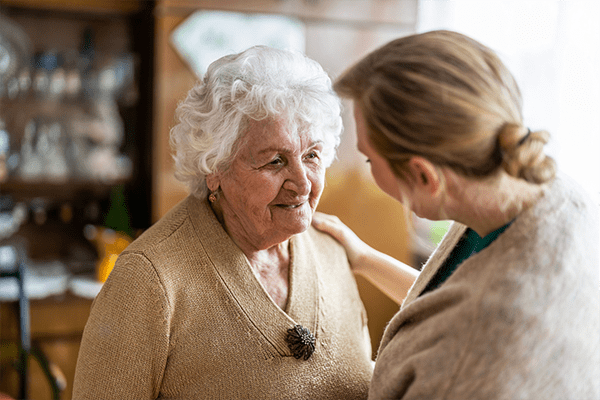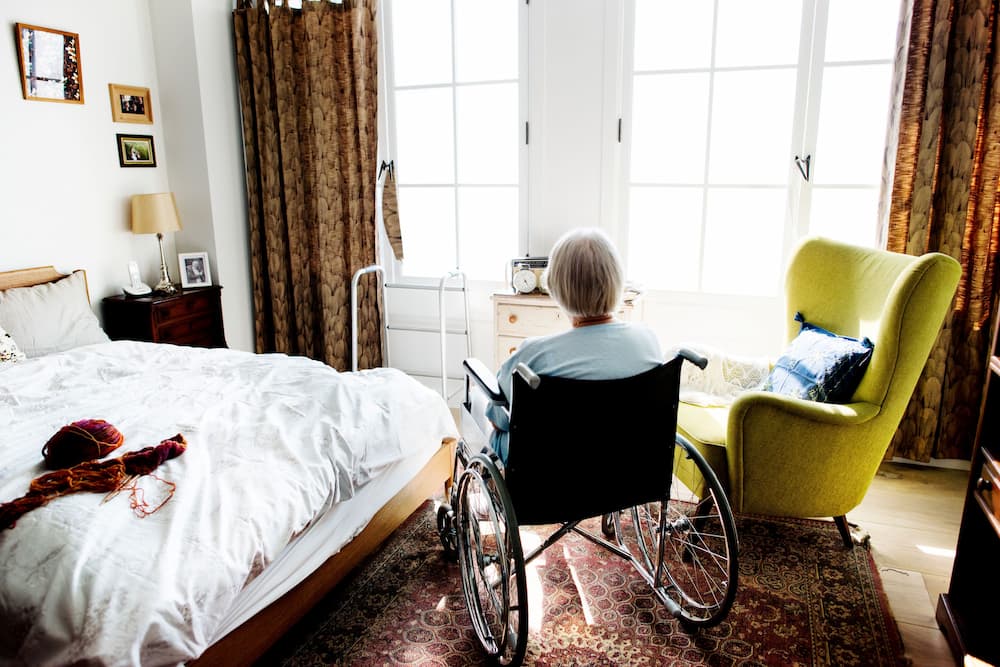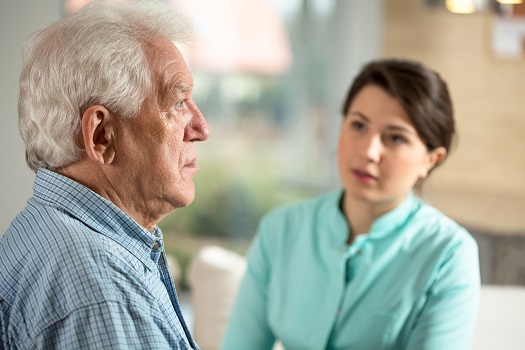Each year, countless families face the devastating impact of fall-related deaths among seniors. This critical issue not only affects the elderly but also their caregivers and families, creating a ripple of emotional and financial strain. Understanding the causes and implementing effective prevention strategies can help save lives and improve the quality of life for our aging population.
In this article, we explore the various aspects of fall-related deaths among seniors, offering insights and practical advice for family caregivers. By taking proactive steps, we can significantly reduce these incidents and provide a safer environment for our loved ones.

The Prevalence of Falls in the Elderly
Falls are a leading cause of injury and death among seniors, with millions of older adults experiencing falls each year. According to the Centers for Disease Control and Prevention (CDC), one out of four older adults falls each year, but less than half report it to their doctors. Falls can result in serious injuries such as hip fractures, broken bones, and head traumas, all of which can lead to severe complications and even death.
Why Are Seniors More Prone to Falling?
As we age, our bodies undergo various changes that can increase the risk of falls. Some of these changes include decreased muscle strength, impaired balance, and slower reflexes. Additionally, health conditions such as arthritis, diabetes, and heart disease, as well as side effects from medications, can further contribute to the likelihood of falls.
Common Causes of Fall-Related Deaths
The primary reasons for fall-related deaths among seniors include complications from fall injuries, delayed medical intervention, and existing health conditions that exacerbate the effects of a fall. In many cases, seniors may suffer from multiple health issues that make recovery from a fall challenging, increasing the risk of fatal outcomes.
Environmental Factors
The environment plays a significant role in fall risk. Hazards at home, such as slippery floors, poor lighting, and cluttered spaces, can increase the chances of falling. For seniors living alone, the absence of immediate help can lead to prolonged periods without medical assistance, which can be life-threatening.
Preventing Falls: What Caregivers Can Do
Family caregivers play a crucial role in preventing falls and ensuring the safety of their elderly loved ones. Here are some practical steps caregivers can take:
Conduct a Home Safety Assessment
Regularly inspect the home for potential hazards. Ensure that floors are clean and dry, install adequate lighting, and use non-slip mats in bathrooms and kitchens. Rearrange furniture to create clear pathways and remove tripping hazards such as loose rugs and electrical cords.
Encourage Physical Activity
Engaging in regular physical activity can help improve strength, balance, and coordination, reducing the risk of falls. Encourage seniors to participate in activities such as walking, tai chi, or water aerobics. For more personalized guidance, consider consulting a professional for balance training or physical therapy.
Medication Management
Review medications with healthcare providers to identify those that may have side effects, like dizziness or drowsiness, which could increase fall risk. Adjusting dosages or switching medications under professional guidance can help mitigate these risks.
Technology and Fall Prevention
Innovative technology can be a valuable ally in fall prevention. Devices such as fall detection systems can alert caregivers or emergency services when a fall occurs, ensuring timely medical intervention. Families should explore options that suit their specific needs, such as fall detection for Alzheimer’s or Parkinson’s disease.
Community Resources and Support
Communities often offer resources and programs aimed at fall prevention. These may include fall prevention workshops, exercise classes, and support groups for caregivers. Engaging with these resources can provide valuable knowledge and support to help caregivers manage risks effectively.
Educational Programs
Participating in educational programs can empower caregivers with the knowledge to implement effective fall prevention strategies. Organizations such as the National Council on Aging offer valuable resources and information on fall prevention.
The Role of Healthcare Providers
Healthcare providers play an integral role in fall prevention. Regular check-ups can help identify health issues that may contribute to fall risk, and providers can offer personalized advice on managing those risks. Additionally, they can recommend assistive devices such as walkers or canes to enhance mobility and safety.
Importance of Regular Health Assessments
Routine health assessments can detect changes in vision, hearing, and overall health, allowing for timely interventions. Ensuring seniors have regular appointments with their healthcare providers is essential for maintaining their health and preventing falls.
Conclusion: A Collective Effort to Save Lives
Fall-related deaths among seniors are a significant concern that requires a collective effort from families, caregivers, healthcare providers, and communities. By understanding the causes and actively working to prevent falls, we can protect our seniors and enhance their quality of life. Together, we can create safer environments and provide the support our elderly loved ones need to live with dignity and independence.

FAQs
What are the most common causes of falls in seniors?
The most common causes include muscle weakness, balance issues, medication side effects, and environmental hazards.
How can technology help prevent falls?
Technology, such as fall detection systems, can alert caregivers and emergency services if a fall occurs, ensuring prompt assistance.
What role do healthcare providers play in fall prevention?
Healthcare providers offer valuable guidance on managing health conditions and can recommend interventions and assistive devices to reduce fall risk.
This article contains affiliate links. We may earn a commission at no extra cost to you.






